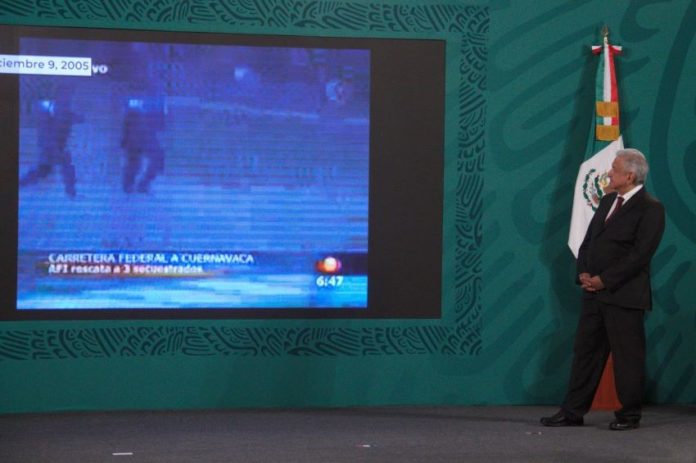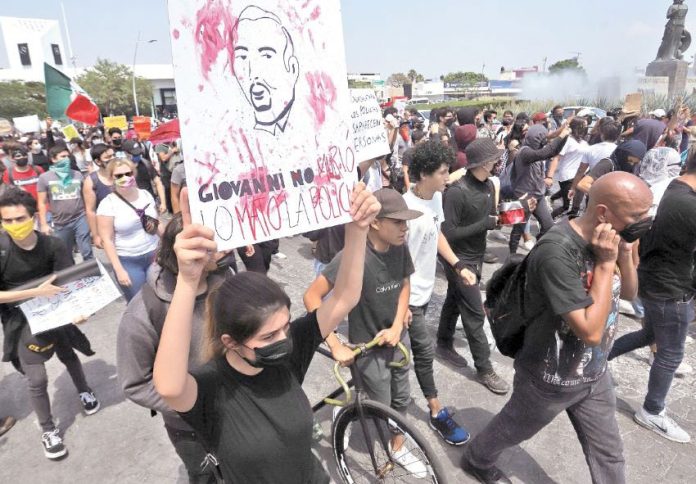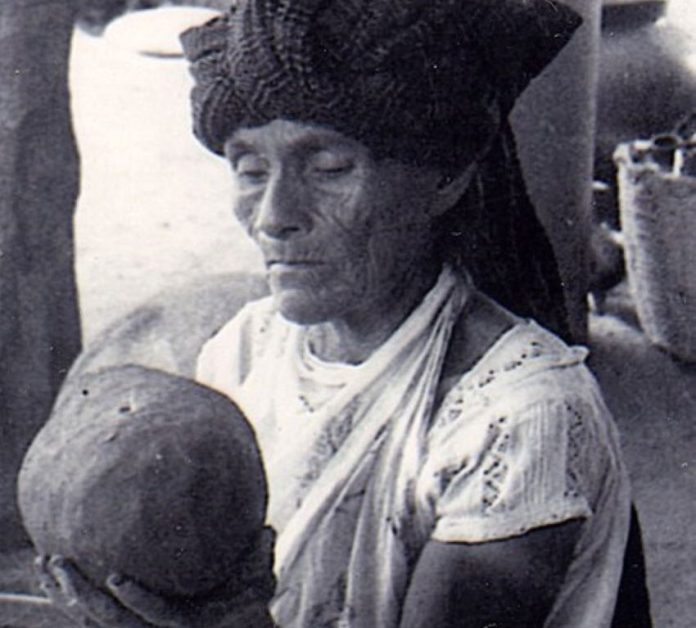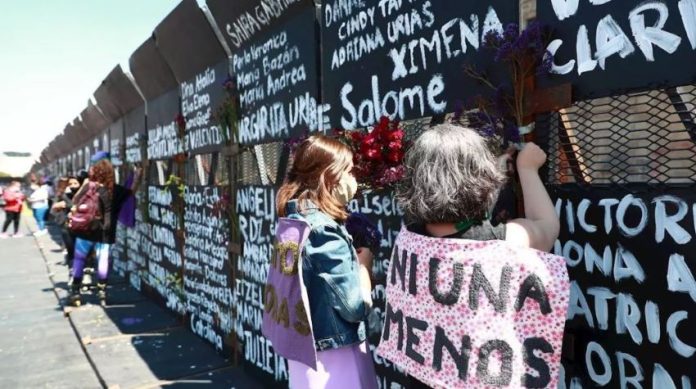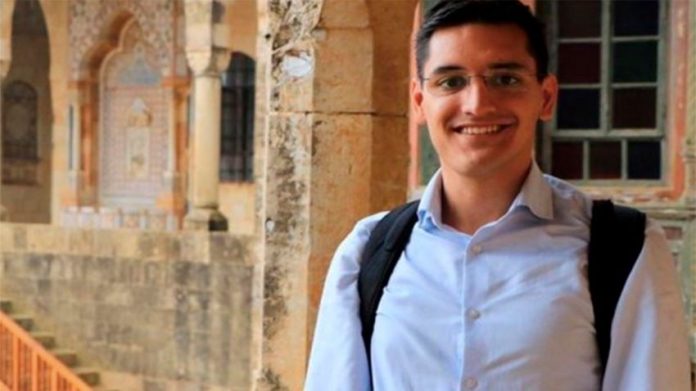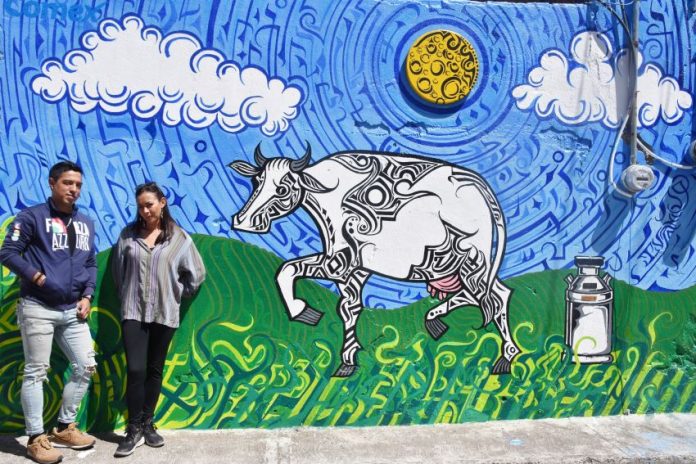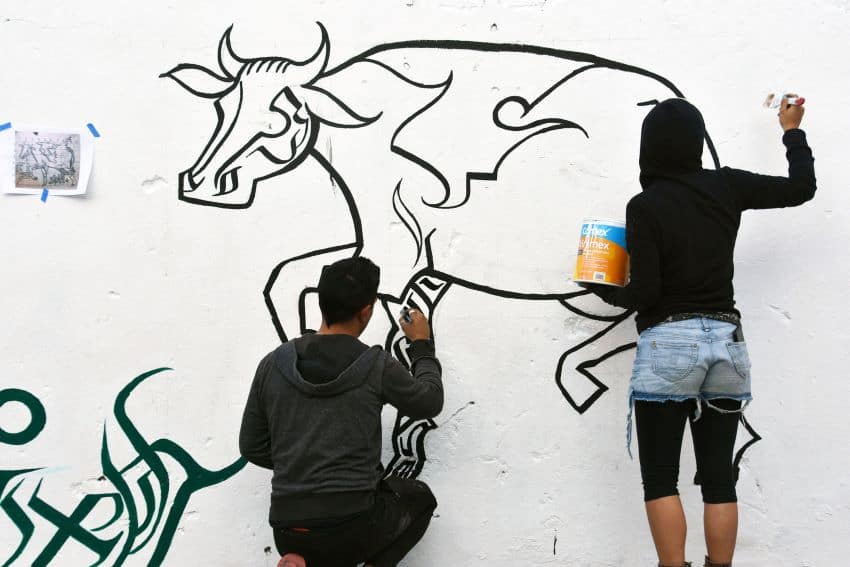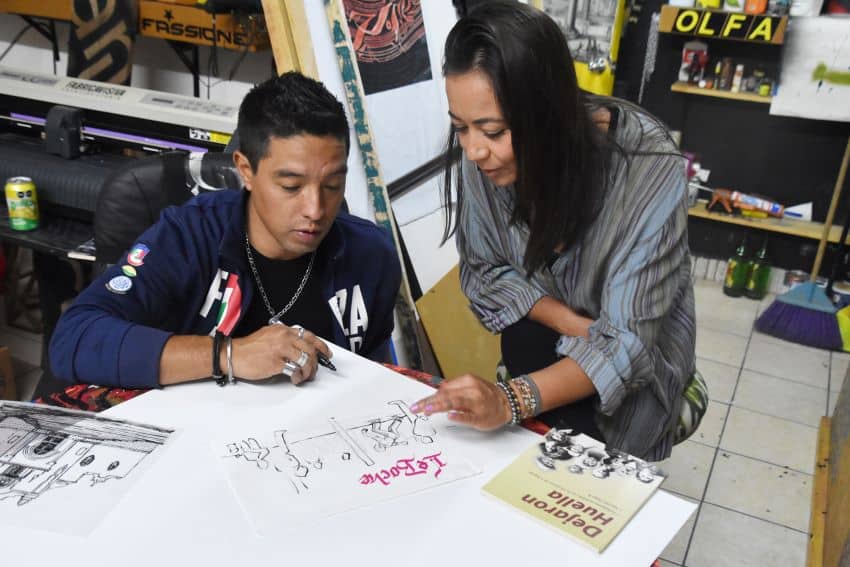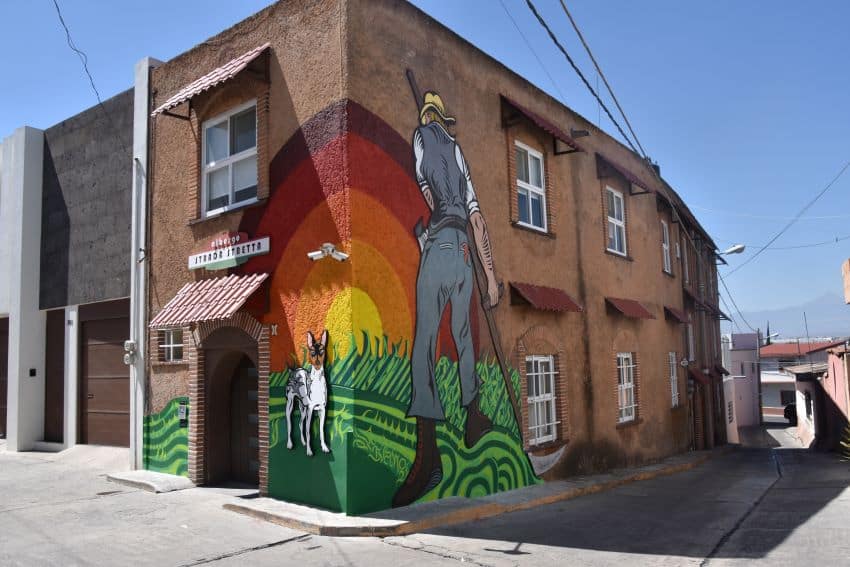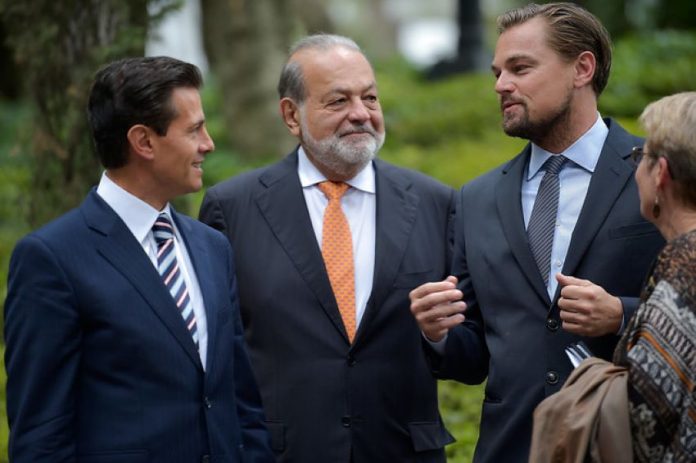To support President López Obrador’s claims that the injection of a man with an empty syringe at a Covid-19 vaccination center in Mexico City may have been staged and that the media can’t be trusted, the federal government on Wednesday recalled a 2005 case in which two people were arrested for kidnapping on live national television in what was in fact a setup.
At the president’s regular news conference, the government screened footage originally broadcast on the Televisa network in December 2005, showing the arrest of Israel Vallarta and Florence Cassez, his French girlfriend, by federal police.
Interior Minister Olga Sánchez noted that the pair were in fact arrested the day before the staged arrest was broadcast.
The day after their arrest on the Mexico City–Cuernavaca highway, Vallarta and Cassez were forced to participate in a staged arrest at a cabin where they were supposedly holding their kidnapping victims hostage.
There was “no agreement” between the first arrest and the staged, televised arrest with regard to the place, time and way in which they occurred, Sánchez said.
She said that the head of the federal investigative police at the time, Genaro García Luna — currently in custody in the United States on drug trafficking and bribery charges — later admitted that the televised arrest was a “dramatization unconnected to reality.”
García declared on television that the televised arrest was a “setup,” the interior minister added.
President López Obrador, who is frequently critical of the media, said the 15-year-old case was being revisited to show that the press cannot always be trusted.
“We’re going to look at the issue of setups that are carried out by the media with the intention of manipulating public opinion,” he said.
López Obrador suggested Monday that the injection of a senior with an empty syringe was staged, asserting that the media is “capable of everything.”
“… I know a journalist and a television channel that were specialists in setups, so I don’t trust [the media],” he said.

It became clear on Wednesday that the president was referring to Televisa, which has long had a cozy relationship with the once-omnipotent Institutional Revolutionary Party, and the journalist Carlos Loret de Mola, the presenter of the news program on which the staged arrest was broadcast in 2005.
López Obrador, who has clashed previously with Loret de Mola — an outspoken critic of the federal government — said that setups have long been a part of the Mexican media landscape.
“Things like this that we’ve just seen were presented during the neoliberal period [which the president defines as occurring between 1982 and until he came to power in 2018] and, of course, in earlier times,” he said.
The president charged that setups occurred because of the “close and even criminal association that existed between the political power and the media.”
The public were left in a “state of defenselessness,” he said. “They could be manipulated with complete freedom,” he added before asserting that his government will never participate in any media setups designed to deceive the public.
Despite his condemnation of media deceit, López Obrador, accused of stigmatizing the press in a new Amnesty International report, stressed that his administration will not seek to legislate to make media manipulation a crime.
“Freedoms are guaranteed; there is no censorship. There is no repression of the media … but there is no longer this perverse relationship [with the government],” he said.
Later on Wednesday, Loret de Mola posted a video message to social media in which he said that he wasn’t aware that the arrest of Vallarta and Cassez was staged at the time it was televised and noted that he has apologized for the deceitful broadcast on numerous occasions.
The journalist claimed that the president’s motivation for screening footage of the 15-year-old staged arrest — which he described as “an ambush against me” — was to provide a distraction from corruption accusations leveled against members of López Obrador’s government and family, including his brother Pío López Obrador who, in two videos that surfaced last year, is shown receiving large amounts of cash from an advisor to the Chiapas government.
Loret de Mola said the injection of a person with an empty syringe simply requires an investigation and the imposition of penalties if it is determined that the simulated vaccination occurred on purpose. But López Obrador instead sought to find a scapegoat in the media, he said.
The journalist charged that what the president did on Wednesday was a “precise representation” of the federal government: “in the face of any difficulty, any error or improper action, the fundamental interest is not to respond to the worries of his constituents but rather to desperately look for who to blame.”
Loret de Mola said the government targeted him because he hasn’t succumbed to the president’s belief that the media should “flatter and applaud him.”
López Obrador and his administration went after him, Loret de Mola added, because they weren’t capable of articulating a “simple response about a vaccine that wasn’t administered.”
“This says everything about the current government and he who leads it. Who’s important is him, only him, his image and his grudges,” he said, adding that it was ironic that the president was accusing him of deceit when he has said “27 times” that the pandemic is under control, lied about the real Covid-19 death toll and claimed that there is no economic crisis.
“He has lied 45,000 times in just over two years of morning press conferences; this is a hard fact. I accepted my error 16 years ago, and I’ve offered public apologies on several occasions and faced legal consequences. But he [López Obrador] doesn’t [own up to his mistakes]. To hide the reality, he reverts to farce every morning. I will continue doing journalism whatever the cost,” Loret de Mola concluded.
